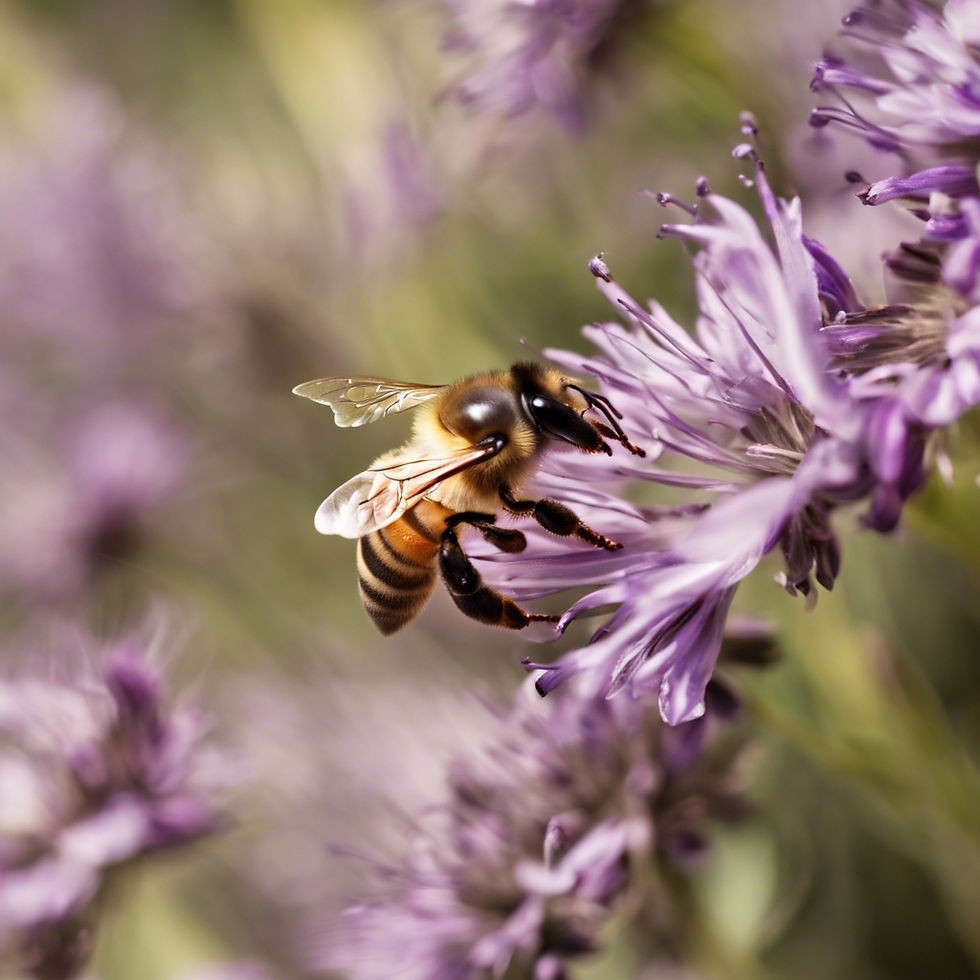Why Do We Have Seasons?
- hshub3
- Oct 11, 2024
- 2 min read
The Quick Answer:
Seasons are caused by the tilt of the Earth's axis in relation to its orbit around the sun.
Different parts of the Earth receive more direct sunlight at different times of the year, creating seasons.
When the Northern Hemisphere is tilted towards the sun, it experiences summer, while the Southern Hemisphere has winter, and vice versa.

Hello, nature enthusiasts and season watchers! Krispy here, ready to delve into the ever-changing world of seasons. Have you ever wondered why the weather changes throughout the year, giving us spring blossoms, summer beaches, fall leaves, and winter snowflakes? Let's explore the fascinating reasons behind our four seasons.
The Tilt That Makes a Difference
The Earth is tilted on its axis at an angle of about 23.5 degrees. This tilt is crucial because it determines how the sun's rays hit different parts of the Earth at different times of the year. As the Earth orbits the sun, this tilt causes the Northern and Southern Hemispheres to receive varying amounts of sunlight.
A Journey Through the Seasons
Spring and Autumn (Fall): These transitional seasons occur when the Earth's tilt is neither towards nor away from the sun, resulting in roughly equal amounts of daylight and darkness across the globe.
Summer: When your hemisphere (either Northern or Southern) is tilted towards the sun, it receives more direct sunlight, leading to warmer temperatures and longer days.
Winter: Conversely, when your hemisphere is tilted away from the sun, it receives less direct sunlight, resulting in cooler temperatures and shorter days.
The Solstices and Equinoxes
The changing seasons are marked by solstices and equinoxes, which are specific points in the Earth's orbit:
Solstices (around June 21 and December 21) mark the start of summer and winter, when the sun is at its highest or lowest point in the sky at noon.
Equinoxes (around March 21 and September 21) signal the beginning of spring and autumn, days when daylight and darkness are approximately equal.
In Conclusion
The Earth's tilt and orbit around the sun give us the gift of seasons, each with its own unique beauty and challenges. So, whether you're enjoying the warm summer sun, the colorful leaves of fall, the crisp winter air, or the fresh blooms of spring, remember the incredible celestial dance that brings these seasons to life.
Keep exploring the wonders of our planet, my friends, and let the changing seasons inspire you to discover more about the natural world. Until our next adventure, embrace the beauty of each season and the stories it tells.
Check out Krispy Pigment Books!


